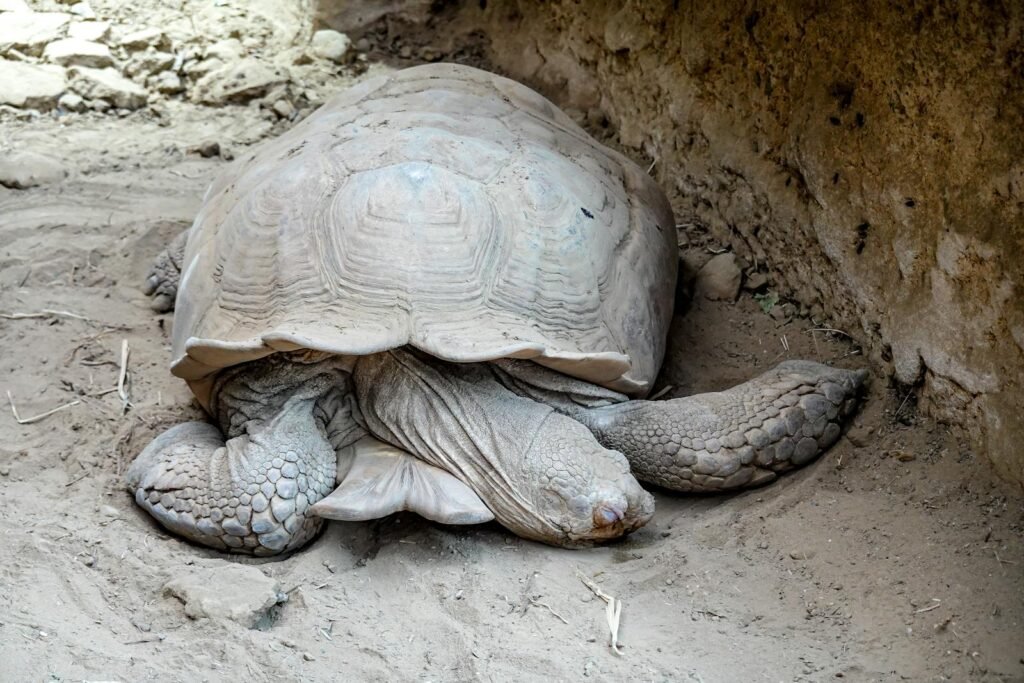A hush falls over the emerald canopy as a majestic silhouette glides between ancient oaks. This is the red deer—once the undisputed monarch of Europe’s primeval woodlands. With antlers like living crowns and a presence that commands awe, these creatures shaped the wilderness long before modern civilization spread its roots. Imagine the towering forests, centuries old, where red deer herds moved like spirits, their calls echoing through the mist. Their lives were intertwined with the fate of the forests, creating a bond that sculpted both animal and ecosystem. Today, the memory of their reign flickers in the shadows of shrinking woodlands, a haunting reminder of a world where nature thrived in balance. What secrets did these ancient forests hold, and how did red deer leave their mark on history? Let’s wander beneath the leafy cathedral and uncover the story of the red deer and the forests they once called home.
The Majesty of the Red Deer
The red deer stands as one of Europe’s largest and most striking mammals. Instantly recognizable by their russet coats and impressive, branching antlers, adult stags can weigh up to 500 pounds and reach nearly five feet at the shoulder. Their size alone commands respect, but it’s the regal way they carry themselves that truly sets them apart. In the wild, a mature stag with fully grown antlers is a sight that inspires awe, evoking images of ancient kings and untamed lands. These antlers, shed and regrown every year, are not just weapons—they’re living records of health and dominance, growing larger with each passing season. Red deer rely on keen senses, swift running, and powerful bodies to survive, but their greatest strength may be their adaptability, thriving from dense forests to rugged highlands.
The Ancient Forests: Living Cathedrals
Imagine a sea of towering trees, sunlight filtering through a ceiling of leaves so thick it turns the ground into a world of shifting shadows. These were the ancient forests of Europe—vast, wild, and filled with secrets. Oaks, beeches, and pines stretched for hundreds of miles, offering both shelter and food for countless creatures. The forest floor was a mosaic of moss, ferns, and fallen logs, creating the perfect environment for life to flourish. Within this lush expanse, red deer were both rulers and caretakers, shaping the ecosystem with every step. Their presence maintained the balance between old trees and new growth, keeping the forest ever-changing and alive. These forests were not just habitats—they were worlds unto themselves, where every rustle and call told a story.
Red Deer as Ecosystem Engineers

Red deer didn’t just inhabit the forests—they helped create them. By grazing on young saplings and shrubs, they prevented some plants from overtaking the forest, allowing a greater diversity of species to thrive. Their movement through the undergrowth stirred up soil, helping seeds take root and spreading nutrients. When stags sparred with their antlers, they broke branches and opened space for sunlight to reach the ground. Even their droppings played a part, fertilizing the earth and nourishing countless insects. In this way, red deer acted as natural gardeners, shaping the landscape as effectively as any storm or fire. Their influence rippled through the entire ecosystem, affecting everything from tiny wildflowers to towering trees.
Life in the Herd
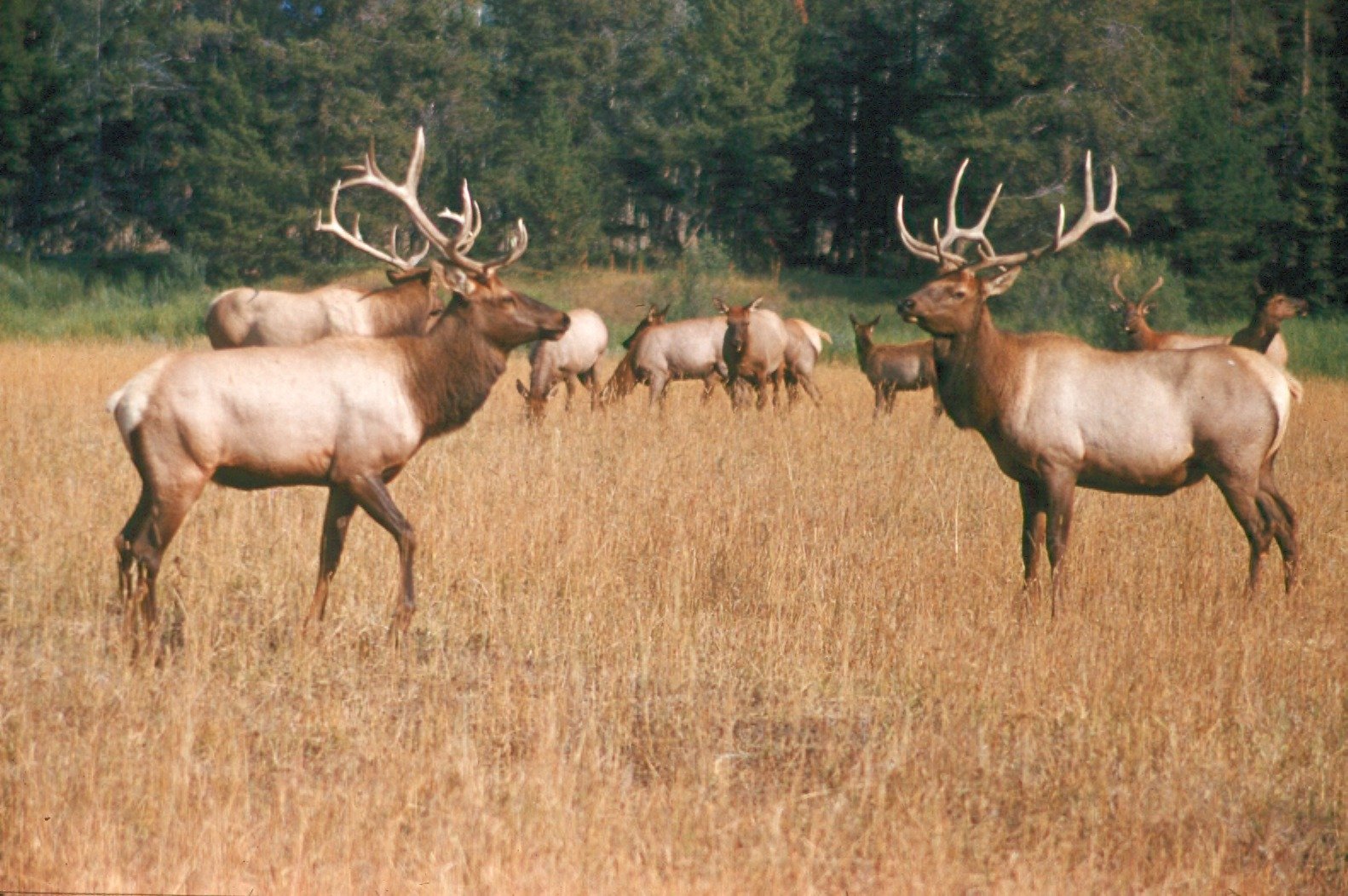
Red deer are social animals, living in groups called herds that can number from a handful to several dozen. These herds are often led by experienced females, known as hinds, while stags roam more independently, especially during the breeding season. Life in the herd revolves around safety, learning, and cooperation. Young calves stick closely to their mothers, learning how to find food and avoid danger. Communication is constant—barks, grunts, and body language keep the group connected. During autumn, the woods come alive with the roar of rutting stags battling for dominance. These contests, though fierce, are also rituals that ensure only the strongest genes are passed on. The herd is more than just a group—it’s a family, sharing knowledge and protection across generations.
A Changing Landscape
As centuries passed, the ancient forests began to vanish. Human settlement brought axes and plows, carving farmland from the wilderness. Cities grew, roads snaked through the trees, and the forests shrank. For the red deer, this was a slow disaster. Their vast ranges were chopped into smaller, isolated patches, making it harder to find food and mates. The balance they once maintained was lost, leading to changes in plant life and the disappearance of some forest animals. Despite their resilience, red deer populations declined, and their role as ecosystem engineers grew less important. The forests became quieter, missing the thunder of their hooves and the echo of their calls.
Myth and Mystery: Red Deer in Culture
Red deer have always held a special place in the human imagination. In ancient myths, they were often seen as messengers from the spirit world, their antlers like trees reaching for the sky. Celtic legends spoke of magical stags leading heroes into other realms, while medieval hunters considered a glimpse of a great stag the height of fortune. Their images were carved onto stones and painted in caves, proof of a bond stretching back millennia. Even today, the red deer remains a symbol of wildness and nobility, appearing on coats of arms and in literature. They remind us of a time when forests ruled the land and humans were just one animal among many.
The Science Behind Their Survival
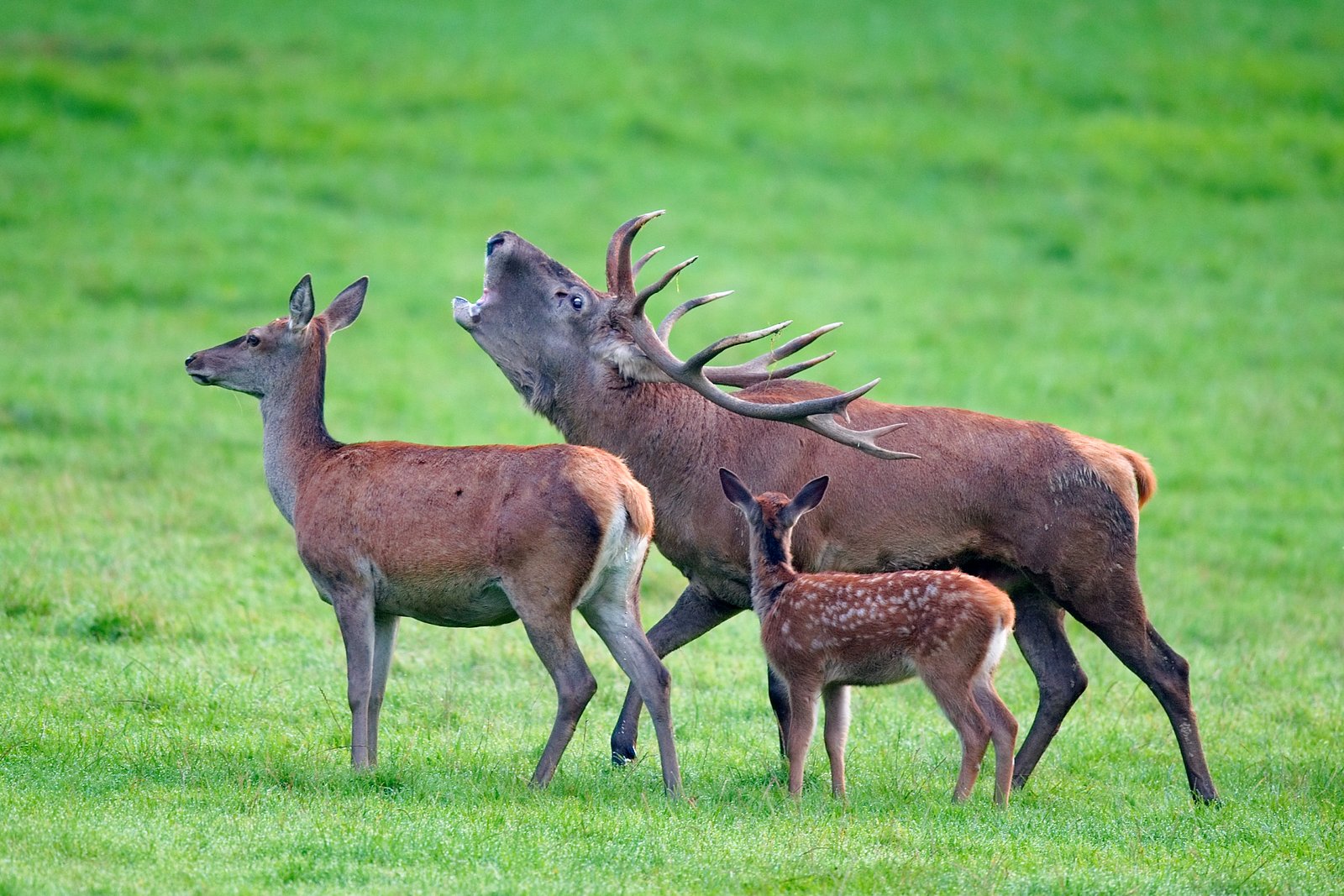
Red deer have evolved remarkable adaptations to survive in changing environments. Their keen sense of smell and sharp hearing help them detect danger long before it arrives. In winter, their coats thicken, providing insulation against the cold, while in summer, they shed to stay cool. Their diet is incredibly varied, including grasses, leaves, bark, and even fungi, allowing them to thrive in different habitats. Scientists study red deer to understand how large mammals adapt to environmental pressures and human encroachment. DNA analysis has revealed surprising connections between populations separated by great distances, hinting at ancient migrations and lost landscapes. Each discovery adds a piece to the puzzle of their enduring survival.
Red Deer and Forest Regeneration
The relationship between red deer and forests isn’t always straightforward. While their grazing can help maintain plant diversity, too many deer in one area can prevent young trees from growing, slowing forest recovery. Conservationists now use careful management to balance deer populations with the needs of the woodland. This includes fencing, culling, and even reintroducing natural predators where possible. In places where deer numbers are kept in check, forests rebound, and the cycle of growth and renewal continues. Understanding this balance is crucial for restoring ancient woodlands and preserving both deer and forest for future generations.
Modern Threats and Conservation Efforts
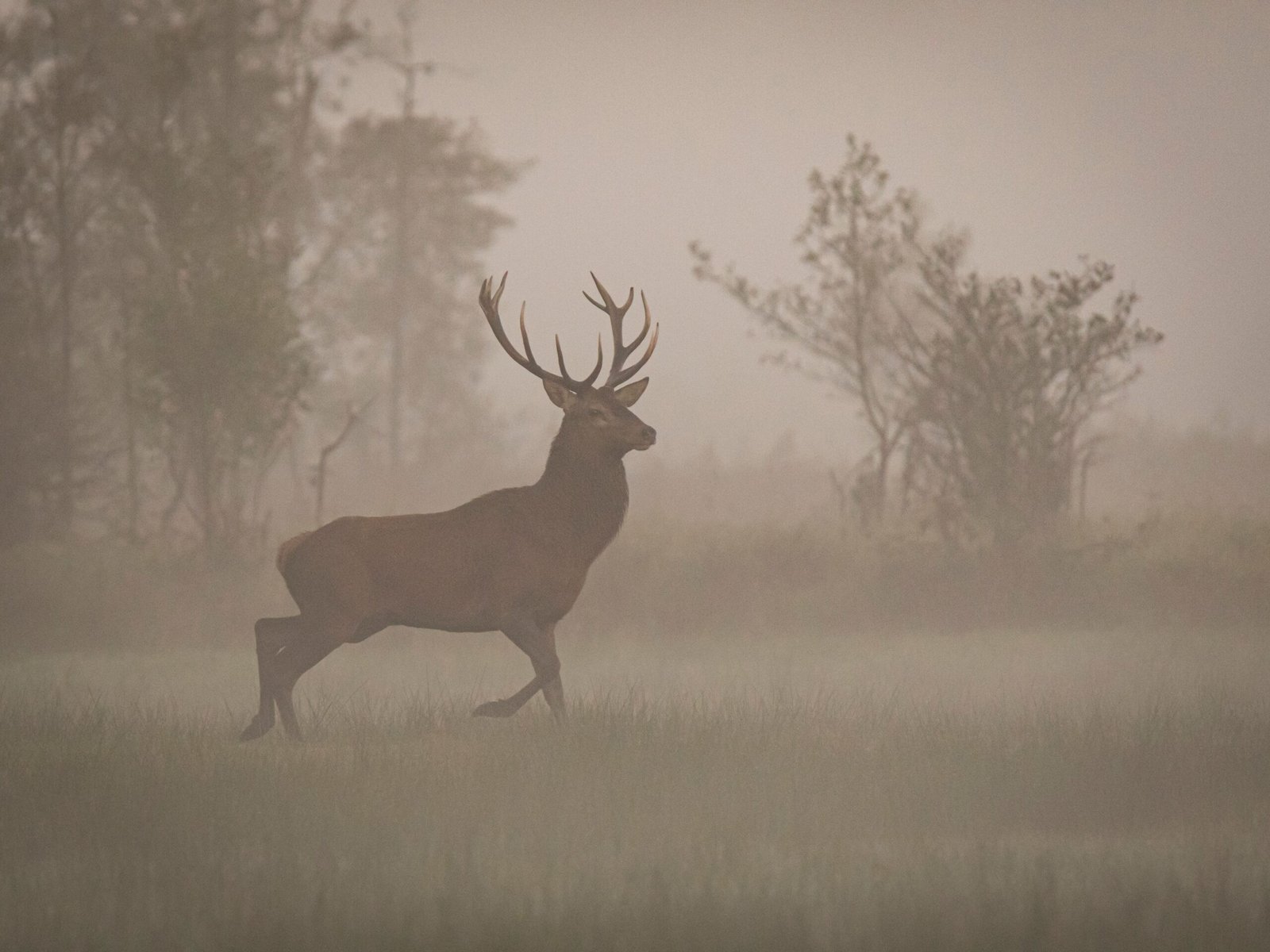
Today, red deer face new challenges that threaten their ancient legacy. Habitat loss, hunting, and disease have all taken their toll. In some regions, hybridization with introduced deer species has muddied their genetic heritage. Conservation groups are working tirelessly to protect remaining populations through habitat restoration, legal protection, and careful monitoring. Some projects focus on rewilding—returning deer and other native species to areas where they once thrived. These efforts are not just about saving a single species, but about restoring a living connection to the wild past that shaped us all.
Why Ancient Forests—and Their Monarchs—Matter
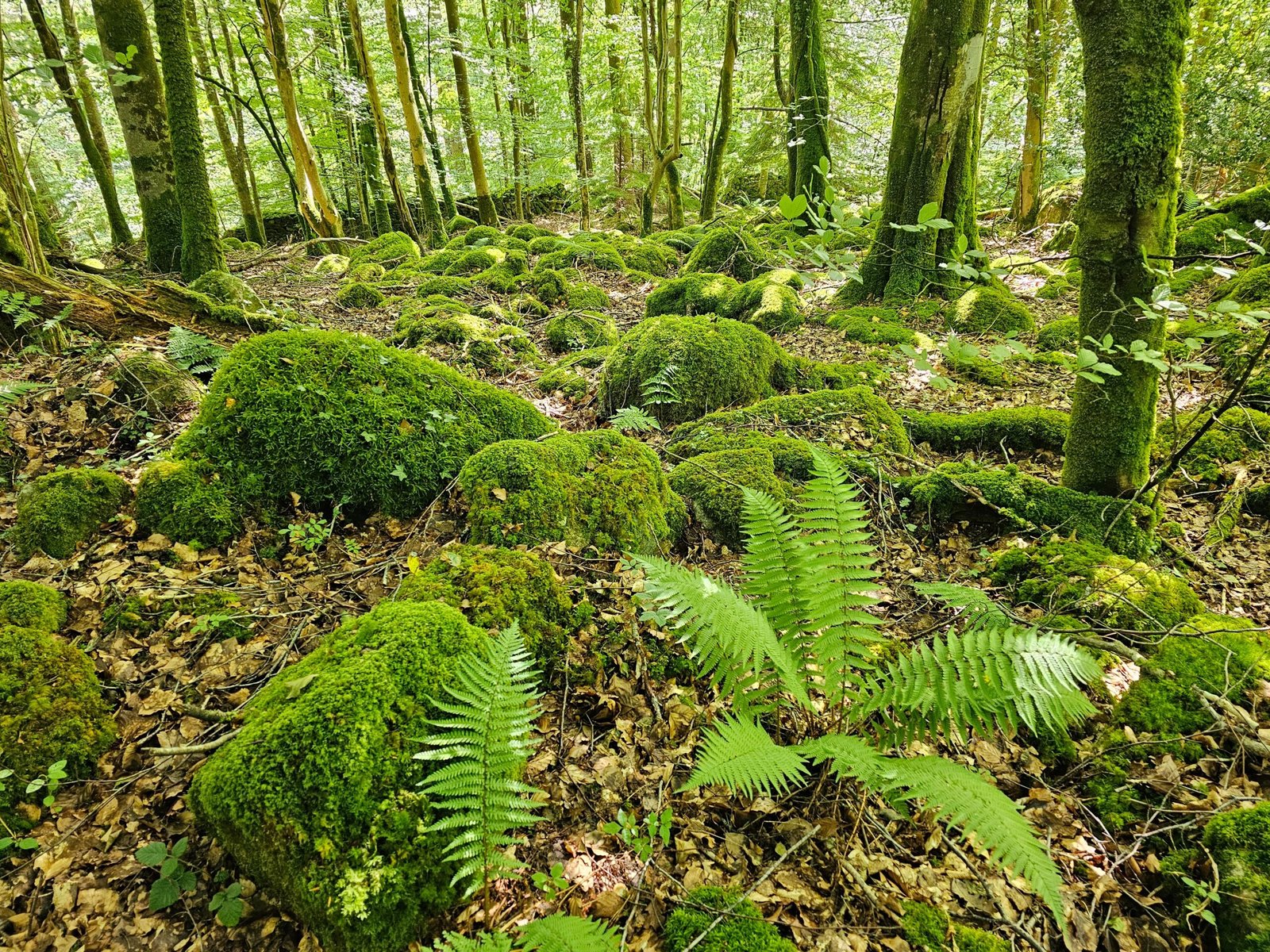
The loss of old-growth forests and their red deer rulers is more than just a tragedy for nature lovers—it’s a warning for us all. Ancient forests store vast amounts of carbon, help regulate climate, and support countless forms of life. Red deer, as part of this intricate system, remind us how easily balance can be lost. By understanding their history and their role in the ecosystem, we gain insight into the delicate web that sustains life on Earth. Reconnecting with these wild places offers hope for healing the land and ourselves.
The Call of the Wild: Lessons from the Past
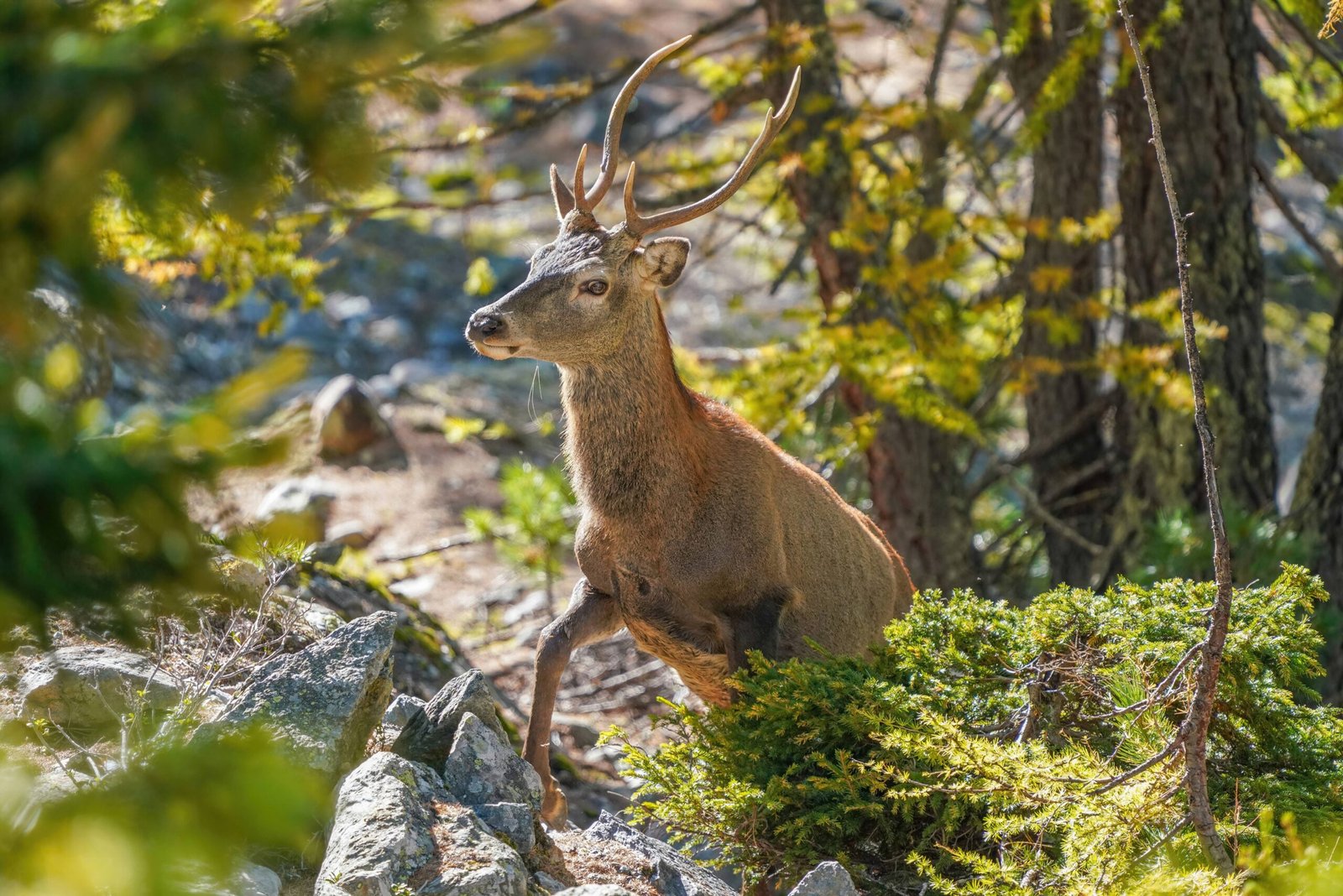
The story of red deer and ancient forests is a reminder of what we stand to lose—and what we can still protect. Their world was one of mystery, danger, and beauty, shaped by the dance between animal and environment. As we walk through the remnants of these forests today, the spirit of the red deer lingers, urging us to remember and to act. By cherishing and restoring wild places, we honor the legacy of the red deer and the ancient woodlands they once ruled.



